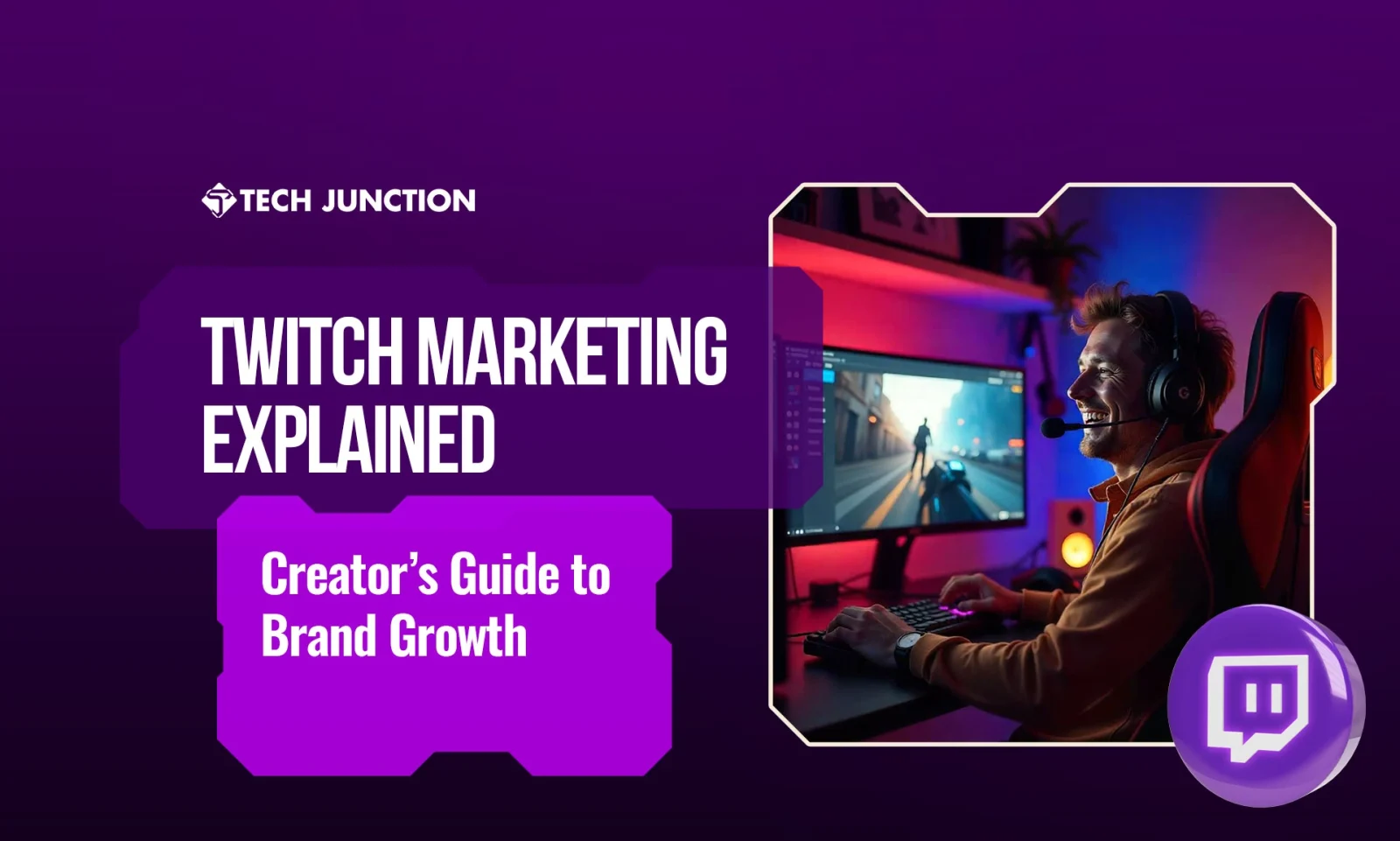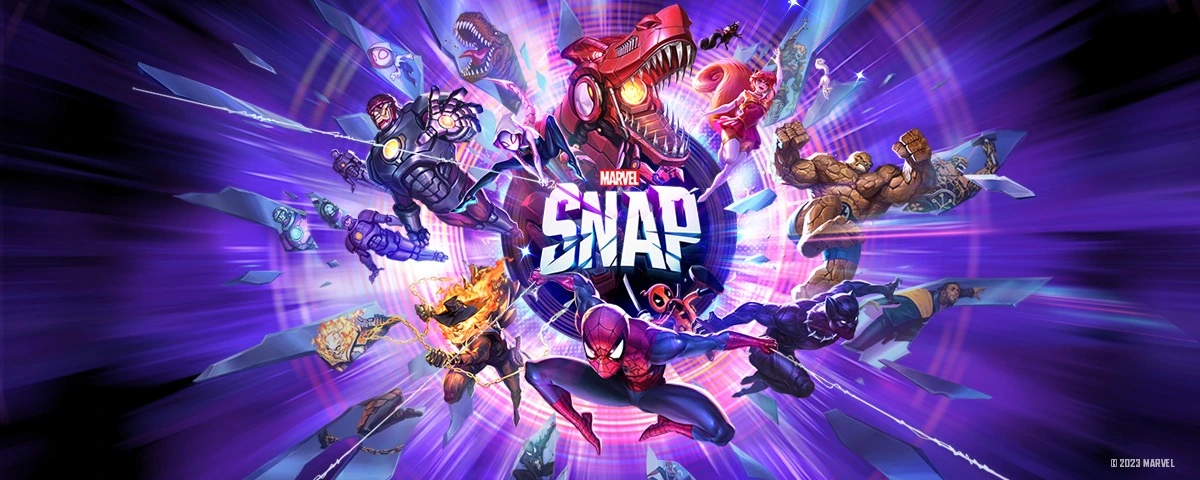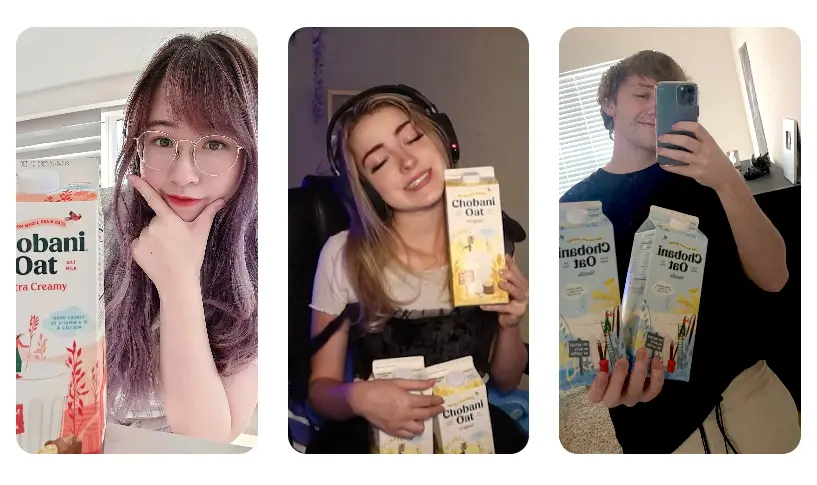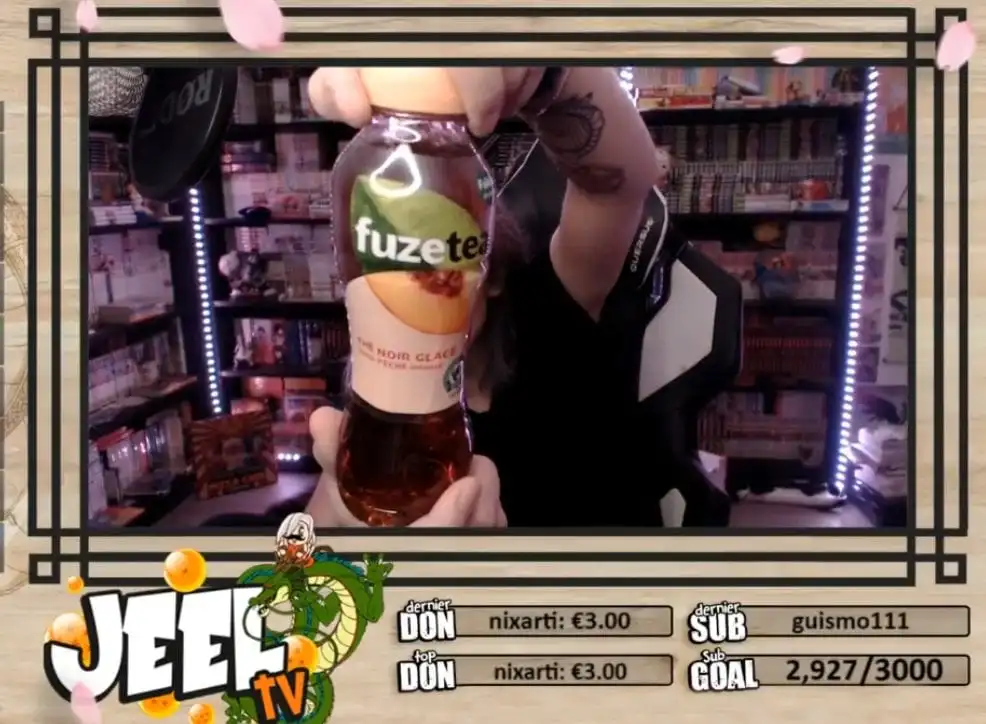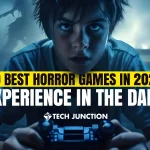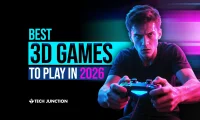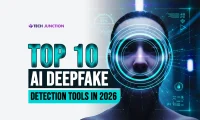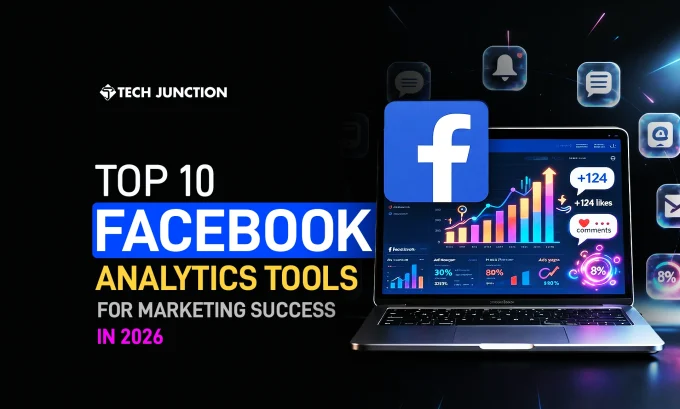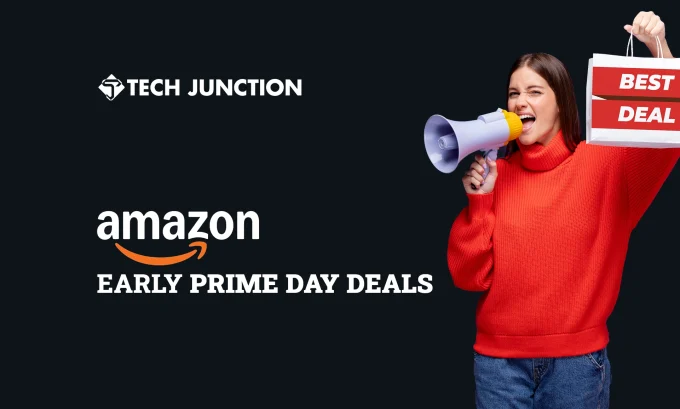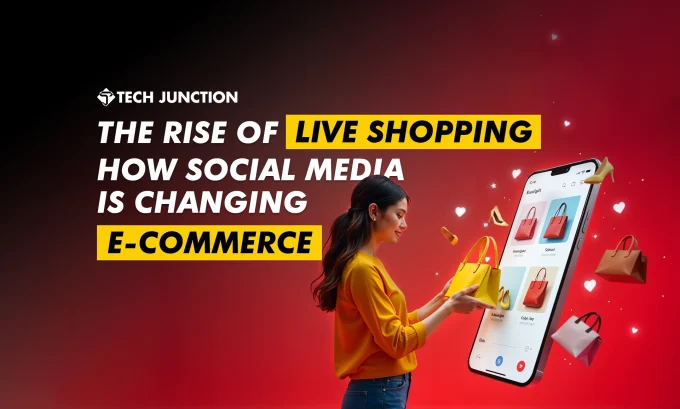Twitch marketing has become the secret handshake of the internet economy. It is now a place where brands and creators mingle in real time.
What began as a niche streaming hub for gamers has grown into a bustling digital square, where millions tune in not for polished ads but for authentic, messy, unscripted human moments. And that’s exactly why it works.
On Twitch, a sponsorship is a conversation, a shared joke, and sometimes even a ritual. The brands that understand this shift aren’t just chasing eyeballs; they’re building tribes, turning creators into ambassadors, and campaigns into cultural moments.
Twitch Marketing's Power in Numbers
Twitch’s explosive growth has made it hard for brands to ignore. In early 2021, Twitch averaged nearly 3 million concurrent viewers, more than double the year before.
Yet despite this captive audience, only about 8% of influencer marketing campaigns included Twitch in 2020. Meaning there’s huge untapped potential on the platform.
Brands that have jumped in early are seeing impactful results. For instance, Tyler “Ninja” Blevins (Twitch’s one-time top streamer) was reportedly paid $1 million to play EA’s Apex Legends on launch day, a move that helped the game attract over 1 million players in its first 24 hours.
“Apex Legends” amassed 50 million+ players within a month of that Twitch-focused launch, proving the ROI of going all-in on Twitch hype. And it’s not just game publishers: from tech to tacos, brands are learning that Twitch marketing’s audience engagement can translate to real growth when campaigns are done right.
Game-Changing Influencer Campaigns on Twitch
1. Marvel Snap
One standout example of Twitch marketing is MARVEL SNAP, a digital card game that used a “Twitch-first” influencer strategy for its PC launch. Instead of only hiring one or two big names, the campaign activated 220+ creators across various game communities (even sports and international streamers).
By mapping out niche audiences and using Twitch features like Drops (in-game rewards for viewers), MARVEL SNAP dominated its launch week. The result was that the game hit #1 on Twitch within two hours of launch, pulled in 11.5 million+ views across Twitch/YouTube/Twitter, and drove 13,000+ game installs from those streams (with a stellar ~9.8% viewer-to-player conversion rate).
Even better, this precision-over-popularity approach lowered cost-per-view metrics by 20%+ compared to past campaigns. As one analysis put it, “Audience alignment beats follower count. When your campaign feels like a conversation – not an ad – the conversions come naturally.”
2. Riot Games’ Valorant
Another game launch that proved Twitch’s influence was Riot Games’ Valorant. In its 2020 beta, Riot enabled Twitch Drops (exclusive beta keys for viewers), turning the entire community into eager viewers.
This strategy drove Valorant to over 1.7 million concurrent viewers and broke Twitch’s all-time record at the time. It also helped dominate gaming headlines.
Viewers would keep streams running 24/7 for a shot at beta access, a viral phenomenon that one journalist noted “proved [a new game] can be marketed on Twitch alone.” In short, Twitch’s real-time hype cycle can launch a new title into stardom overnight when used cleverly.
3. Chobani Oat Milk
Crucially, Twitch marketing isn’t only for gaming products. Non-gaming brands are finding gamer audiences through creative integrations.
A great case study is Chobani Oat Milk. Rather than a simple sponsored shout-out, Chobani built an entire branded game on Roblox called the “Chobani Oatmilk Cosmic Race” and enlisted popular Twitch streamers (like Punz, Natsumiii, and Sylveey) to play it live.
Viewers were watching an ad and their favorite streamers race through a fun, intergalactic game that subtly featured Chobani’s product and a charity tie-in (each race contributed to a $75K donation goal). The gamified approach blurred the line between entertainment and advertising, which resonates with Gen Z far more than a typical commercial.
The results speak volumes: the campaign garnered 80,000+ Twitch stream views (versus a 19–35K view benchmark for similar campaigns) and 16.7K live chat messages (mostly excited and positive). After the streams, the influencers’ follow-up posts on Twitter and Instagram pulled in 7 million impressions and over 100K engagements, extending the campaign’s reach beyond Twitch.
Chobani even boosted some of this content with paid ads, hitting an additional 15 million impressions and 39K clicks. Most importantly, the campaign hit its charity goal, creating a feel-good win for the community.
4. Fuze Tea
Another innovative example of Twitch marketing comes from Fuze Tea, a beverage brand aiming to reach young gamers. Fuze Tea’s campaign recognized a simple truth: livestream audiences often need breaks.
So they introduced the “Fuze Tea Pause,” which was a deliberate, branded break during a streamer’s session where the creator would literally pause the game, sip a Fuze Tea, and chat casually with viewers. This made the ad not an interruption but part of the streaming routine & a refreshing intermission viewers could look forward to.
Partnering with six Twitch influencers (gaming and lifestyle), Fuze Tea ran a series of these relaxed streams (not just one-offs) and even mirrored the concept on Instagram for added reach. The campaign achieved 47K unique viewers on Twitch, and remarkably, 13K of them actively watched the “Fuze Tea pause” segments.
Average concurrents were strong at ~1.5K, and across platforms the campaign amassed an estimated 520 million reach, with 630K impressions and 94K interactions on social media. Blending Twitch marketing and Instagram efforts also led to a 47% jump in impressions.
By designing a signature moment within streams instead of a blink-and-miss ad, Fuze Tea earned a place in the community’s memory. In fact, half of the streams saw their highest viewer count during the Fuze Tea pause. Viewers were literally tuning in for the ad break.
As Upfluence (the agency behind the campaign) noted, “For 50% of the streams, the ‘Fuze Tea pause’ segment recorded the highest peak of viewers… [It] became a part of the experience – and that’s where brand recall sticks.”
Big Brand Partnerships with Twitch Creators
Beyond campaigns, many brands are forming deeper, long-term partnerships with Twitch creators to tap into their influence.
Insurance meets esports.
When State Farm signed DrLupo in 2019, it wasn’t just slapping a logo on a hoodie. It was branded replays, giveaways, live stunts. Suddenly “Like a good neighbor” had a Fortnite address.Energy drink diplomacy.
Ninja + Red Bull wasn’t your standard sponsorship. It was marathon Fortnite streams, Ninja-branded cans, and a 12-hour spectacle in Chicago. The message? Twitch creators can headline like rock stars.The Twitch CMO playbook.
Rachel Delphin put it bluntly: don’t act like an advertiser, be a participant. Twitch viewers can smell a sales pitch a mile away.Creators call the shots.
Top streamer Nickmercs explained that his audience engages with branded content only if it feels genuine. “I turn down deals all the time if I don’t actually use the product,” he shared in an interview, underscoring authenticity as non-negotiable.Similarly, variety streamer Lydia “Lydia Violet” told marketers at a conference that she only works with brands she personally likes, because “[my viewers] trust I only work with brands I love and so they trust the brand.”
Trust pays dividends.
UK streamer Eloise “Soupforeloise” advises companies to come in with clear goals but let the creator execute in their own voice. “It’s so helpful when a brand comes in with a clear vision of key messages… and then says ‘the way you deliver that is your free rein – you know your audience best’,” Eloise says.She finds campaigns succeed when brands give streamers creative freedom (within guidelines). In her words, “it’s great when they trust us to know what makes our audience tick.’
Innovative Twitch Marketing: Earning Attention
Traditional ad slots and banner ads aren’t the only way to reach Twitch viewers. In fact, some of the most successful “ads” on Twitch don’t feel like ads at all.
Wendy’s turned Twitch into theater.
Forget the soggy ad breaks. In 2019, the chain didn’t buy airtime, it logged on.A Wendy avatar, pigtails and all, stormed Fortnite to smash virtual freezers (a jab at “frozen beef”). Viewers followed the crusade, joined the mission, and gleefully clipped the chaos.
In a week, the stunt pulled 1.5 million minutes watched and 250,000 live views, spiked social chatter by 119 percent, and even nudged Fortnite’s developers to delete freezers altogether. Advertising that literally rewrote the game earned Wendy’s a Cannes Lions Grand Prix.
KitKat made ‘Have a Break’ gamer gospel.
Nestlé’s old slogan found new teeth when the candy bar showed up in Twitch Premium Video ads. Imagine a gamer tilting, slamming the keyboard, and fuming in chat. Until a KitKat break reset the mood.Measured against control groups, awareness jumped 52 percent (triple the industry average), and nine out of ten remembered the message.
More importantly, viewers started linking KitKat with gaming culture itself. A tagline born in the Mad Men era suddenly felt like it belonged on Discord.
Twitch’s Bounty Board: commerce with consent.
Instead of forcing pre-rolls, Twitch now lets brands post “bounties.” These are paid campaigns streamers can accept if they fit their channel.Sometimes it’s playing a new game, sometimes watching a sponsored esports broadcast. In one leaked case, a 30-minute co-watch could earn a streamer $4,000.
The genius is in the optics: viewers see their favorite creator choosing to engage, not shilling under duress. It’s advertising disguised as community support.
The Doritos Bowl redefined product placement.
At TwitchCon, Doritos skipped the commercials and hosted a tournament. Ninja, Shroud, DrLupo, and CourageJD battled it out in Call of Duty: Blackout while half a million people tuned in.The brand wasn’t a logo in the background. It was the name of the event. For gamers, it felt less like sponsorship and more like Doritos was footing the bill for a good time.
To conclude this guide for Twitch marketing, in the words of one marketing director,
“I think Twitch is a particularly welcoming community to brands, and there are ways to get involved that add value… You just have to do it in a way that feels organic to the channel.”
Key Takeaways for Brands and Creators
| Principle | Why It Matters | Example |
|---|---|---|
| Authenticity | Viewers trust creators who promote products they genuinely like. Forced ads backfire. | Lydia Violet vetting sponsors |
| Interactivity & Fun | Twitch thrives on participation. Campaigns work when they entertain and involve viewers. | Wendy’s freezer hunts, Chobani’s game, Fuze Tea “pause” |
| Use Twitch Features | Drops, emotes, channel points, and long-form streams make ads feel native. | Valorant beta Drops, Pot Noodle emote |
| Trust Creators | Give streamers key messages but freedom to deliver them their way. | Eloise’s WhatsApp mini-game |
| Measure & Learn | Real-time chat, brand lift studies, and engagement data guide better future campaigns. | KitKat’s ad recall, Fuze Tea stats |
Final Takeaway
In summary, Twitch marketing is all about earning the audience’s attention and trust. You can’t buy your way into a tight-knit streaming community with a bland pre-roll ad.
But, you can earn your place by collaborating with creators and entertaining the fans. As we’ve seen, when a campaign resonates, the payoff can be huge: spikes in awareness, engagement, and even direct conversions to users or sales.
Therefore, the examples above show that creativity, authenticity, and community-centric thinking are the keys to grow on Twitch.
FAQs on Twitch Marketing
Q1. How does the Twitch algorithm work for creators and brands?
The Twitch algorithm prioritizes viewer engagement, chat activity, and consistency. Channels that keep audiences watching and interacting are more likely to land in “Recommended” feeds.
For brands, this means Twitch marketing campaigns that encourage live participation through polls, drops, and chat games perform better than static ads.
Q2. Who is the Twitch target audience in 2025?
Twitch skews young: nearly 75% of viewers are between 16–34. Gamers still dominate, but the Twitch target audience has broadened to include music fans, lifestyle communities, fitness, talk shows, and even education streams.
That diversity is why brands on Twitch range from energy drinks to insurance companies.
Q3. How to advertise on Twitch as a brand?
Advertising on Twitch can take several forms: pre-roll and mid-roll ads, sponsored streams, branded extensions, or interactive campaigns. Many marketers now prefer Twitch brand partnerships with influencers, where creators weave products into authentic content, because it feels less intrusive and drives higher engagement.
Q4. What is Twitch influencer marketing?
Twitch influencer marketing is when brands collaborate with streamers to showcase products or services during live broadcasts. From Ninja’s Red Bull marathon to Chobani’s Roblox race, these partnerships show that authentic collaborations often outperform traditional ads in driving reach and conversions.
Q5. What does Twitch branded content mean?
Twitch branded content refers to campaigns or integrations where a brand appears inside a stream in ways that feel organic. Examples include branded emotes, chat mini-games, or sponsored in-game challenges.
Twitch has branded content guidelines to ensure transparency and protect community trust.
Q6. What is a Twitch influencer, and why are they important for brands?
A Twitch influencer is any creator with an active, loyal audience on the platform. Their value lies in trust: fans listen when influencers recommend products.
This makes influencer marketing on Twitch a cornerstone for brands looking to build credibility in gaming and youth culture.
The Tech Junction is the ultimate hub for all things technology. Whether you’re a tech enthusiast or simply curious about the ever-evolving world of technology, this is your go-to portal.

